Our Sustainable Development Goals
Our Goals
SDGs as an Agenda for Peace and Humanity
Since its inception in 1945, the UN has worked to convene member states around an overarching framework to establish peace, eradicate poverty, and ensure human rights and gender equality worldwide. In 2000, the UN committed to a 15-year “Agenda for Humanity” which was signed by 189 world leaders at the UN General Assembly under the name Millennium Declaration for the Millennium Declaration for the Millennium Development Goals (MDGs).
World leaders, having realized that they had not achieved all the goals, they pursued new ways to design the second generation of these global goals. They engaged all levels of society in a more inclusive approach. Member states then began consulting their civil society groups on how they envisioned the world improving in the next 15 years. A total of 88 countries initially submitted their views.
This resulted in the 2030 Agenda for Sustainable Development Goals (SDGs) which came into effect in 2015. They decided to take bold new steps to eradicate poverty in all its forms and work together to shift the world onto a path to sustainable development. They pledge to leave no one behind on this collective journey.
The 2030 Agenda demonstrates the level of ambition and universality of this development plan, as it is broken down into 17 Goals, 169 Targets, and 232 Indicators. These have been specifically measured by government agencies, business, and civil society so that nations can be compared to their peers.
People, Planet, Peace, Prosperity, and Partnership
The 2030 Agenda includes five pillars, which are known as the “Five Ps” of Sustainable Development: People, Planet, Peace, Prosperity and Partnership. Each of these pillars seek to:
Realize human rights for all people; to achieve gender equality and the empowerment of all women and girls and to ensure they reach their full potential in dignity.
Protect the planet from degradation through ensuring sustainable production and consumption, sustainably managing its natural resources and taking urgent action on climate change, in support of the needs of present and future generations.
Ensure that all human beings can enjoy a life of prosperity and fulfilment where economic, social and technological progress occurs in harmony with nature.
Foster peaceful, just and inclusive societies which are free from fear and violence. There can be no sustainable development without peace and no peace without sustainable development.
In partnership with all countries, all stakeholders and all people, boldly mobilize the means required to implement this Agenda through a revitalized Global Partnership for Sustainable Development, based on a spirit of strengthened global solidarity, focused in particular on the needs of the poorest and most vulnerable.
The SDGs are integrated and indivisible as they balance the three dimensions of sustainable development: the economic, social and environmental.
Member states are invited to report at least once every 5 years throughout the SDG timeline through Voluntary National Reports (VNRs). These are presented yearly at the UN General Assembly meeting of the High-level Political Forum (HLPF) in New York City. At this forum the leaders, civil society, private sectors, and academia discuss progress and challenges to achieving the SDGs.
The theme of the 2021 HLPF is sustainable and resilient recovery from the COVID-19 pandemic. This will be under the auspices of the Economic and Social Council (ECOSOC), and will promote the economic, social, and environmental dimensions of sustainability.
Through Canada’s Voluntary National report 2018, we stipulate that “while Canada has attained an overall high standard of social and economic development, three million Canadians still struggle to satisfy their basic needs. Indigenous peoples, women, youth, the elderly, the LGBTQ2 community, newcomers to Canada and persons with disabilities are more likely to face poverty, discrimination, and social exclusion.” Canada believes that promoting gender equality, and empowering women and girls is the most effective way to ensure progress on all SDGs.
Canada has allocated funds from its Federal budget to establish an SDG Unit. This is a body that coordinates effective 2030 Agenda integration across federal departments and agencies, and tracks their progress on the SDGs. Canada has developed its Strategy for sustainable development and a 30 Actions to accomplish this. These will spur a response to challenges faced by “leaving no one behind” through policies that can reduce poverty, advance gender equality and empower women and girls, foster social inclusion, celebrate diversity and improve equality for all.
We invite you to participate in this global conversation. You can search through the links provided below, and materials throughout our website. As a starting point, you can view a video titled “2045” which originates from the global consultations on the 75th Anniversary of the UN on people’s hopes for their better future.
